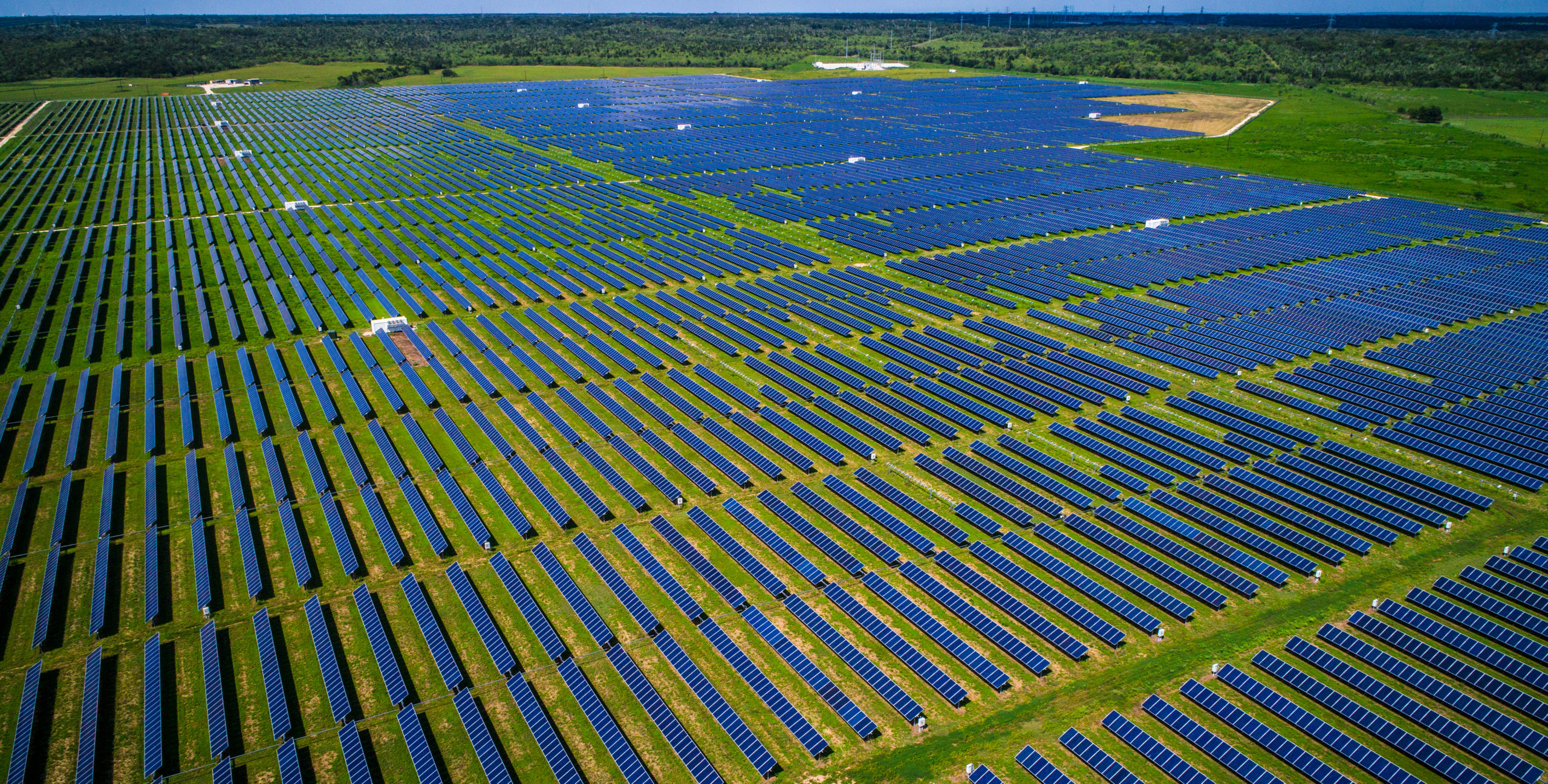The Wattage of Solar Panels is Not Fixed
When it comes to solar panels, there is no fixed wattage for all solar panels. In fact, the leading manufacturers produce a broad range of solar panels between 220W to 450W per panel. However, homeowners must consider that the power output ratings for these panels is based on lab conditions that record the energy value in optimal temperatures and sunlight. Your real-world experiences with actual solar output can involve a large variance. The variance is based on hours of direct sunlight a day, the slope of the roof, and other factors such as cleanliness and the degradation of voltaic reactors over time.
Higher Wattage Panels Can Be Misleading
While it can make sense to always purchase the solar panels with the stronger wattage in case you need to upgrade and add additional panels in the future, this is not so cut and dry. A panel with higher wattage output may be physically larger and no more efficient than the lower wattage panels. High-quality panels, therefore, must possess both durability and higher efficiency ratings to stand above the alternatives. And, even in this case, you may simply find that the greater solar system value from an installer for the same aggregate output is with lower efficiency panels.
Watts Produced Per Hour
You should also consider that when a panel is rated at 350W, this means that it has the potential to produce 350 watts per hour. When you are shopping for solar panels, it is a good idea to get some estimates of how much energy you can realistically produce in your area. If the local installer has clients who are producing a consistent range of energy all year round, this is the best indication that solar is appropriate for your needs.
Temperature Coefficient Rating
Temperature sensitivity is also a factor that must be considered when shopping for panels. While it may seem logical to believe that solar panels that are blazing in the hot Arizona sun are going to produce the highest output, this is actually untrue. Every panel has a unique temperature coefficient rating. This number tests the efficiency at 25-degrees Celsius and calculates in a negative percentage for each degree above this maximum value. If the panel has a coefficient of -0.50-percent, it will lose 5-percent of its energy output efficiency at 35-degrees Celsius. The reality is that all solar panels have lower outputs when they cross this temperature threshold and heat up too much.
This is why the installer has to consider what areas have the best natural airflow. They will often raise the panels up from above the roof to allow for air circulation. They may also find it cost-effective to use fans for cooling the panels in some conditions. Amorphous-based thin panels have the lowest coefficient temperature sensitivity losses. They may only lose 1-percent of their efficiency for every 5-degrees Celsius that the temperature climbs.
Solar Panel Pricing
Solar panels are usually priced based on their wattage. You can expect to pay a certain number of dollars per watt. This is because the big picture for solar is that every watt you generate has the potential to save you money or earn you money by selling it back to the grid. When you are talking about panels that are in the same class of materials and engineering, it is easy to see why wattage would be the critical sliding scale for comparison. You could never have too many watts in a household system. But, when you consider your actual needs year-round versus the cost of materials and their degradation and maintenance costs over time, it doesn’t make much sense to invest in wattage that you won’t use yourself.
Larger Versus Local Installers
One thing you have to be concerned about when you invest in solar panels is the warranty. Some solar panel brands might not be around to offer replacement parts when the time comes to update or service your panels. This is where the larger installers may win if they have better deals on the more reputable brands. In general, a local installer can save you anywhere from $2,000 to $7,000 off the total installation costs. They may also have better knowledge of what works best in your area.







